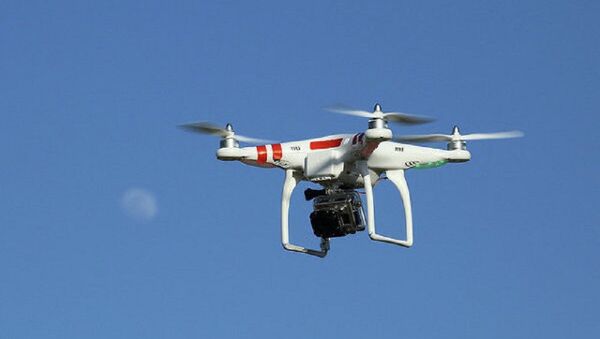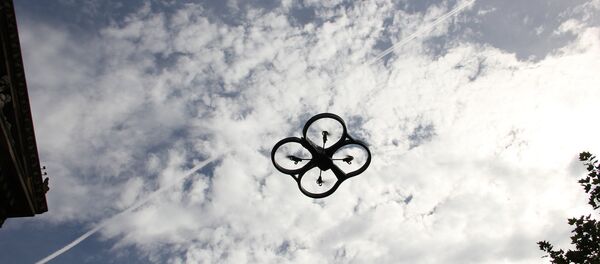Brian Markwalter, Consumer Electronics Association Senior Vice President for Market Research and Standards, shared the association’s domestic unmanned aircraft systems (UAS) economic analysis at the Unmanned Systems 2015 Conference in Atlanta, Georgia.
"This is a billion-dollar technology market literally just waiting to take off," Markwalter said. "We see a dynamic market with tremendous growth potential, once we have final Federal Aviation Administration (FAA) rules to allow commercial UAS operation, combined with continued industry and FAA cooperation to achieve low-risk, beyond-line-of-sight flights."
CEA president and CEO Gary Shapiro said drones will be integrated into America’s transportation system, taking the place of noisy automobiles, reducing city traffic, and cutting fuel consumption and carbon emission.
"This will allow for game-changing innovations such as the quick delivery of life-saving diagnostics and medicine, improvements in crop production and efficiency, and safer work environments for those who inspect and maintain our buildings and bridges," Shapiro said.
In the United States, the consumer market has the potential to reach $250 million by 2018, the CEA estimates.
The market could add another $200 million in sales, however, if the FAA stays on track to complete its line-of-sight rules for commercial operators within three years, according to CEA research.
Beyond-line-of-sight operation, which Markwalter called "the true game changer," could unlock the door to a $1 billion market for drones in the United States. The FAA and UAS will have to work together to unlock that potential, he added.
“Right now, more than six billion packages are delivered every year in the US, weighing less than three pounds apiece on average – perfect candidates for drone delivery," Markwalter said.
"The autonomous operation of UAS for the delivery of everyday items would not only lower the cost for consumers and improve delivery times, but also be a significant driver of our tech economy."




